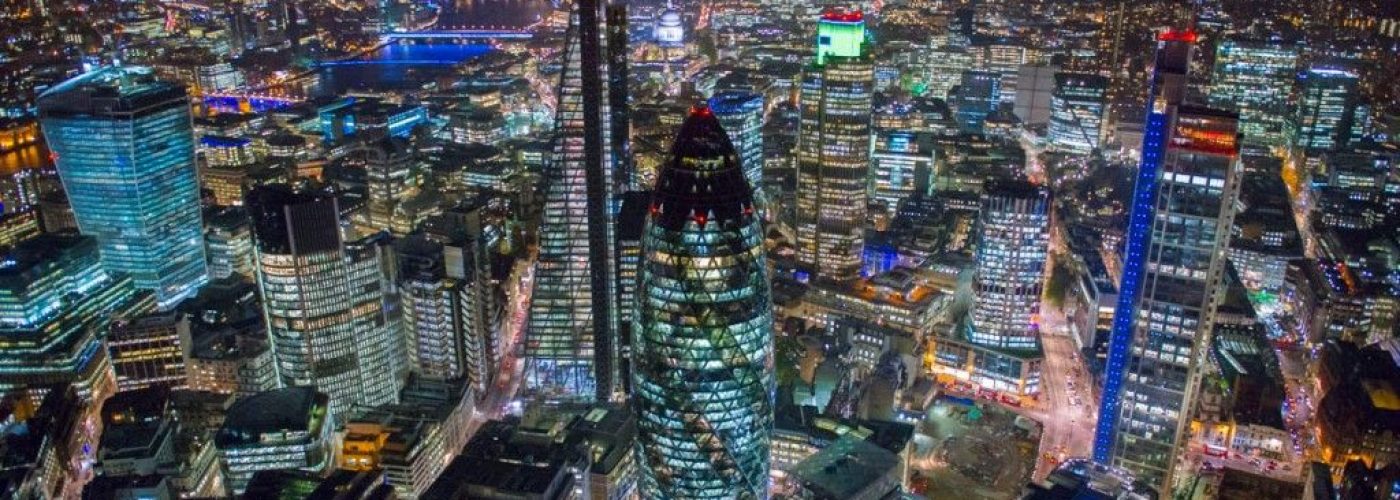A room with a view, a front door onto the street, and a garden are proving more seductive for the wealthy than a James Bond-style bachelor pad in Chelsea.
London’s high-end housing market is surprising estate agents who are reporting increased transactions for properties worth more than £5m.
Estate agents Dexters marketing director Richard Page says: “Since the market re-opened we’ve had more than 9,000 viewing appointments across London per week and our website has never had so much traffic with 90,000 visits a week.
“London is busy and people are getting on with their lives.”
However, travel restrictions mean foreign investors are no longer driving the market. Demand for a pied-à- Terre in traditional super-prime hotspots such as Belgravia, Chelsea, Kensington, Marylebone, and Westminster have waned.
Global estate agents Savills says central London prime properties are currently on sale for 21 percent less and sales activity is slow.
Savills PR director Sue Laming says: “The prices are good value for non-sterling buyers and normally we would expect the market to pick up. Right now, these buyers are physically not in the market.”
London’s green villages are on a roll
Instead, rich domestic buyers and people from abroad who have already made London their home are the ones buying homes in the city’s desirable green districts.
Finance brokers Hank Zarihs Associates chief executive Shiraz Khan says: “The rich no longer need a pad near their office in the City but a country style home within easy reach of the big smoke where they can work and relax.”
Trendy green oases like Fulham, Islington, St John’s Wood, Notting Hill, and Dulwich are attracting intense interest from buyers who have up to £10m to spend.
Property network LonRes research and data analysis head Marcus Dixon says: “A high proportion of moves are life-style ones whether it’s to move from a flat to a house or the countryside.”
Estate agents Knight Frank’s head of residential research Tom Bill agrees saying the market for family houses in these areas has shown a month-on-month rise.
“Family houses in these districts are doing very well. There’son top strong momentum in the market.”
Although he admits most of August and September’s exchanges were related to pre-lockdown sales. The pandemic has also led to longer times of up to six months for a sale to complete.
The type of buyer has also changed with the home-grown purchaser outnumbering overseas ones.
“We are seeing a higher proportion of domestic moves rather than international. This has meant that areas of central London with a high proportion of flats and little outside space, which were appealing to overseas buyers, are less busy than leafier areas with houses and green space,” says Dixon.
He says that September has shown a 21 percent year-on-year increase on houses under offer but says this is skewed in favor of more expensive properties.
“People aren’t buying small flats for investment. They are making long-term larger property decisions.”
The capital’s resilience is partly due to the city’s good schools and universities which are commanding wealthy people’s loyalty.
Page says: “I think London is still seen as a safe haven. There’s still demand here driven by access to a good education and cultural life. They tend to take a long-term view.”
In fact, sales for properties worth more than £5m in September are showing a 29 percent year-on-year increase according to LonRes figures.
The rich take a life-long view
Bill agrees that the wealthy are in the fortunate position to be thinking 20 to 40 years ahead and are less restricted by banks tightening their lending criteria.
“The high net worth prime buyers are less constrained by the mortgage market,” he says.
“The ability to react and respond is something we’ve seen with the prime buyers.”
But there’s trepidation about how the market will fare at the end of March when the stamp duty holiday on properties worth up to £500,000 ends.
Although, stamp duty savings of £15,000 helps wealthy buyers it’s not a make or break issue for buying a high-end des res.
But it is important for stimulating activity at the lower end of the market which enables the wealthy to free up assets and buy more high-end properties.
“There will be a rush of activity then afterward there will be a slump and buyers will demand price drops,” says Dixon.
On top of that, an extra 2 percent surcharge on stamp duty for overseas buyers will kick-in in April 2021.
Bill adds that political uncertainty with Brexit, changes to capital gains tax, and higher stamp duty are likely to contribute to a more subdued market next Spring.
The page is optimistic that the future for London, although a little tricky in the near-term, will be bright in the long run.
“London goes through trials and tribulations, but it always comes through and it generally comes through stronger.





